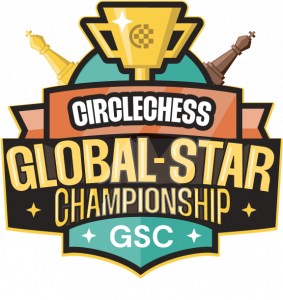
WORLD'S BIGGEST
EVER CHESS TOURNAMENT
This International Chess Day, take a pledge to participate in this Tournament

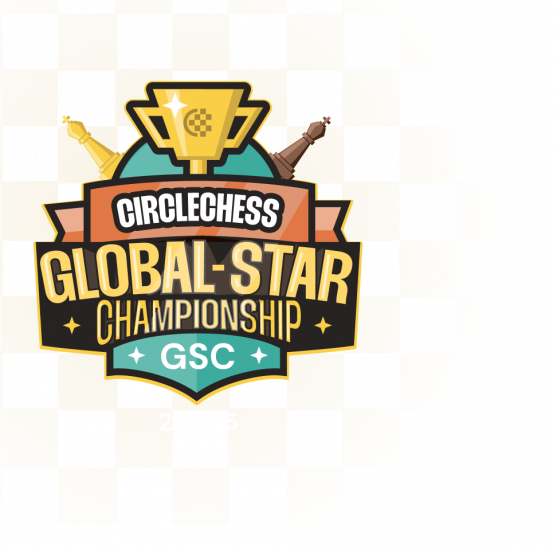
Be a Part of History and win Prize Money !


Tournament Structure
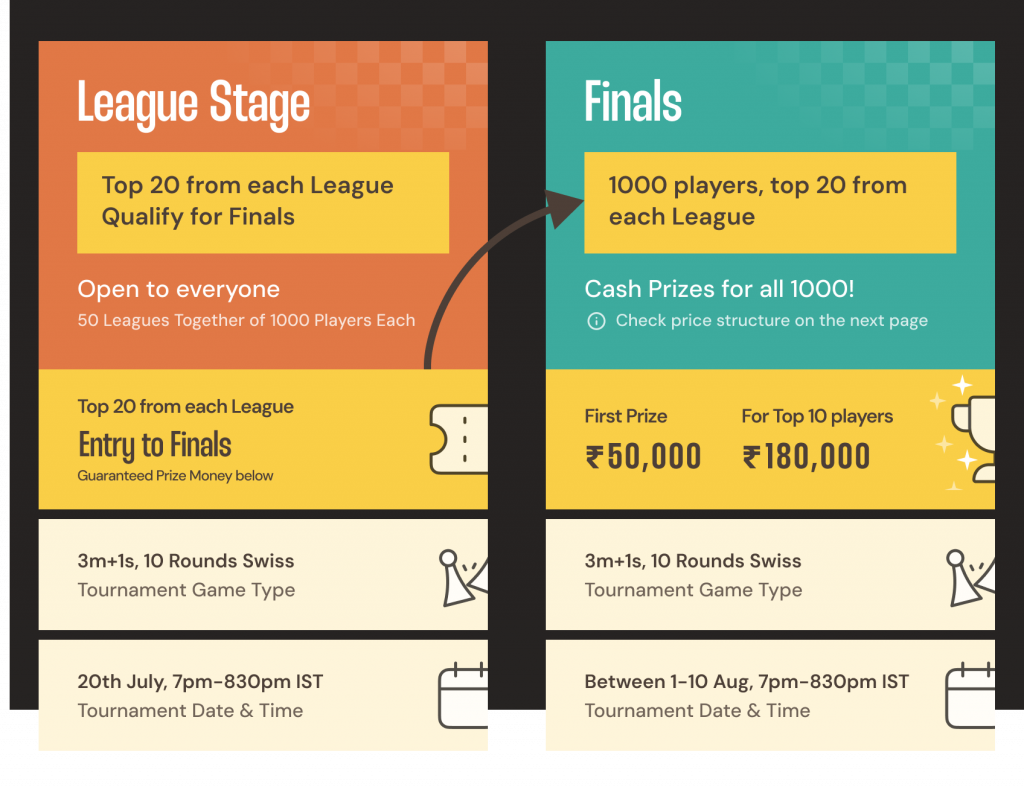
Prize Structure
League Stage In Each League
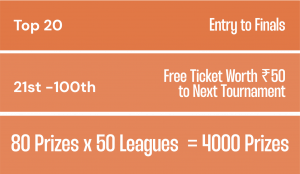
Finals
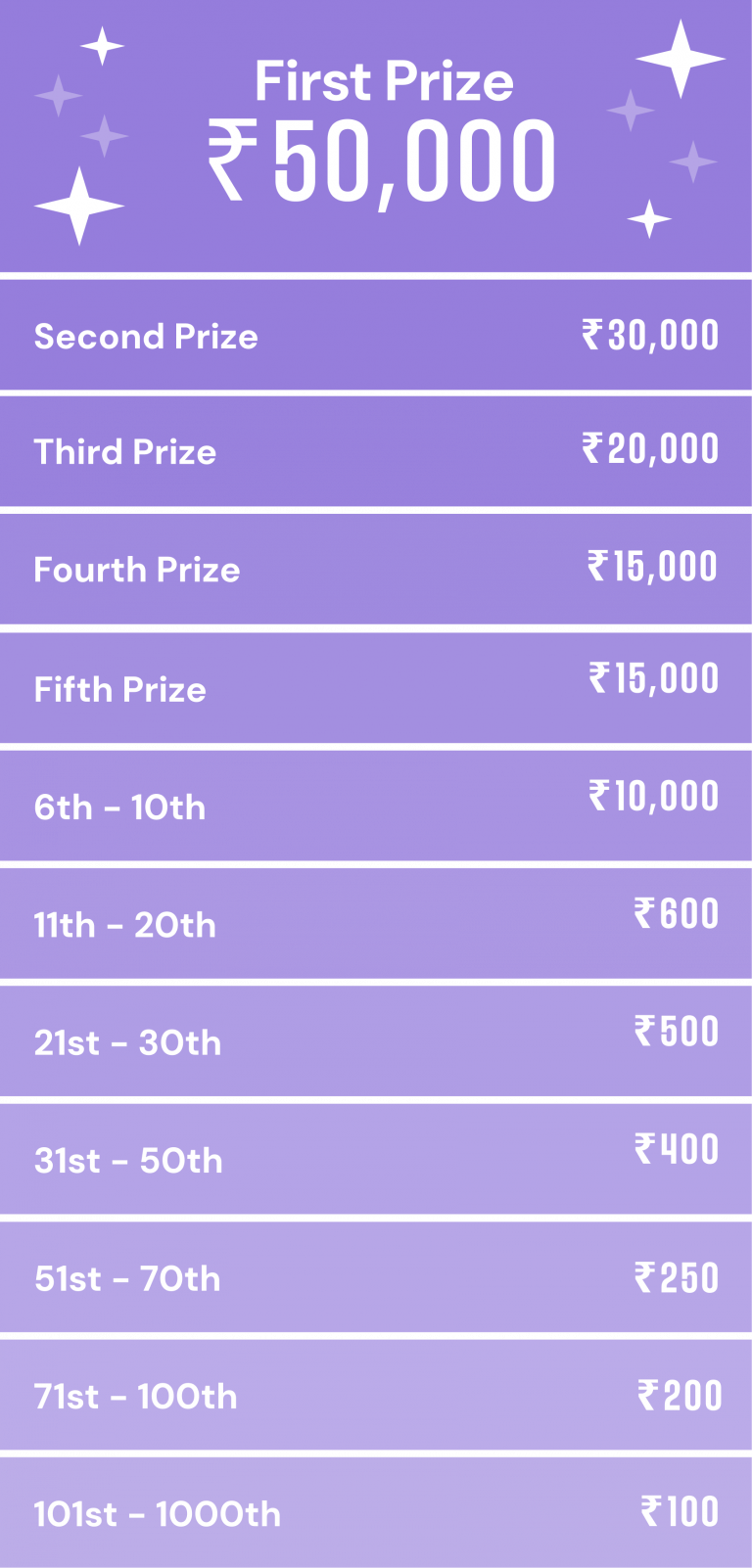





Frequently asked questions
When will qualified players be announced?
Provisional announcements will be made 2–3 days after the League Stage. Final announcements will be made after fairplay checks, within 5 days.
When are final prizes announced and distributed?
Final prize results will be published 7 days after the Finals, post fairplay assessment. Prizes will be distributed within 14 days.
Is playing in the Finals mandatory to claim a prize?
Yes, participating in the Finals is mandatory to be eligible for any prize.
How will the prizes be sent?
India: via UPI
International: via PayPal
I’m a streamer. How can I be eligible for prizes?
Email us in advance at marketing@circlechess.com to confirm your streamer eligibility.
What about ticket prizes?
Ticket prizes can be redeemed towards entry for a paid CircleChess tournament within 60 days of the Finals.
Can CircleChess disqualify players?
Yes. CircleChess reserves the right to disqualify or ban players at any time without prior notice.
What if someone cheats or misbehaves?
Any cheating or misconduct can result in a ban at the organiser’s discretion.
Who makes the final decision in disputes?
All decisions by CircleChess are final in case of disputes or unforeseen issues.
What kind of internet connection do I need?
Players are responsible for ensuring a stable internet connection, preferably wired or strong Wi-Fi.
